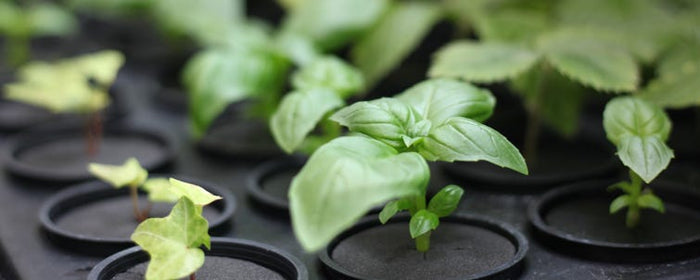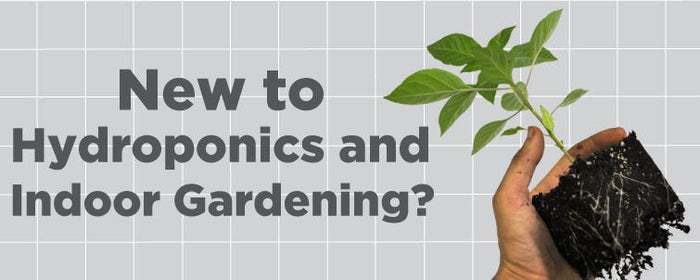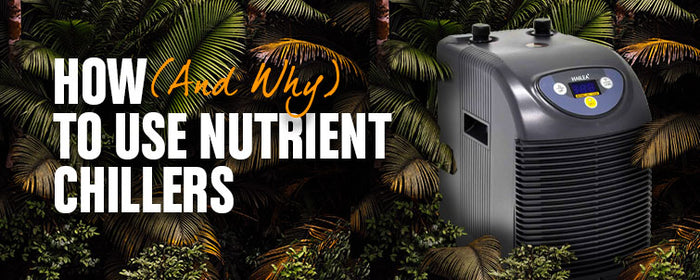
Basic Plant Physiology
Want to improve growth? A good place to start is with basic plant functions. Here are the basics.
To produce the food and energy needed for growth, plants perform three main functions:
- Photosynthesis
- Transpiration
- Nutrient uptake and transportation
Here's how you can improve each one.
Photosynthesis
Photosynthesis is where plants convert light energy into sugars (glucose).These sugars are then transported from the leaves to use elsewhere in the plant.
For photosynthesis, plants need:
- Light: Pigments in the leaves (chlorophyll cells) capture light energy
- CO2: Carbon dioxide passes enters the plant through pores in the leaf (stomata)
- Water: H2O is absorbed by roots
Photosynthesis actually takes place in the leaf, in three stages:

Stage 1: Collecting light
Light energy is absorbed by chlorophyll in the leaf.
Stage 2: Light dependent stage
This energy is used to split water into hydrogen and oxygen.
Stage 3: Sugar production
Hydrogen and carbon dioxide are used to form sugars (glucose), while the oxygen is released as a byproduct.
How to Improve
It's the easiest maths in the world:
more leaves + more light + more CO2 = more photosynthesis.
To keep your CO2 level high, aim to replace the air in your grow room around 20 times per hour. Bear in mind that plants can use up to 1,200ppm of CO2. To reach this level, you will need to add CO2 to your grow room.
As for your light, if you've got the space, consider increasing your intensity. Failing that, make sure you replace your lamps and reflectors regularly to keep light output high!
You can also try nipping out.
Nipping the top shoot out diverts hormones and energy into the surrounding side branches and tips, which become stronger and bigger than they would otherwise have been.
This helps create bushier plants with more leaves for photosynthesis and top shoots with multiple flowering sites.
Transpiration
Transpiration is where plants lose water through their leaves.
It's similar to how we sweat.
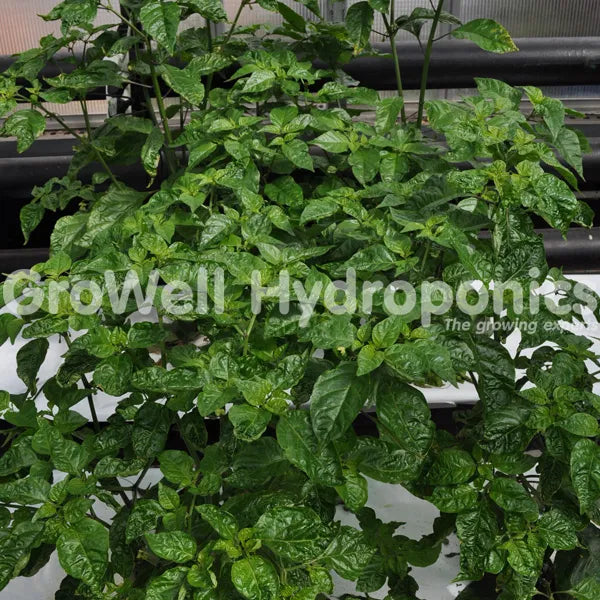
Water vapour is released through pores (stomata) in the leaves. This helps create a pressure gradient, where more water (and nutrients!) can be drawn up through roots into the xylem.
Here, nutrients (minerals) can be carried up the plant in the transpiration stream, until they reach the part of the plant where they're needed.
Once at their destination, nutrients and water are used to make more complex molecules and help perform normal metabolic functions.
Water again reaches the leaves where it transpires from the plant and also goes to play its part in photosynthesis, and the whole process starts all over again.
Can plants over transpire?
It is possible for plants to over-transpire. This normally happens when:
- your lights are too low
- your grow room is too hot
- your humidity is too low
Plants end up absorbing too much water through roots, so you end up with a very concentrated feed that's too strong for plants.
A sure sign that plants are overtranspiring is yellowing leaves that curl upwards.
To slow transpiration
To prevent over transpiration, get your climate right
- Humidity: 70 – 85% RH (propagation), 65 – 75% RH (veg), 45 – 65% RH (flowering)
- Temperature: 24oC - 28oC
- Distance: Keep a safe gap between plants and your light
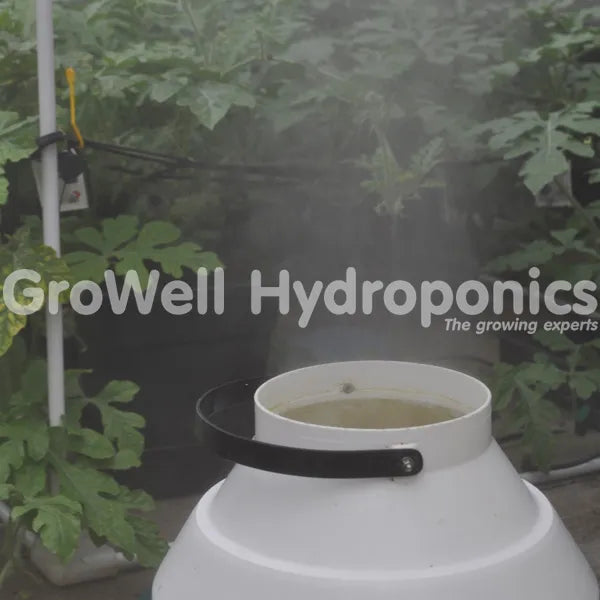
You also want to keep your eye on your oscillating fans.
Point them at corners and appliances to stop hot spots forming. Never point them at plants - you can make leaves over-transpire, upset the natural transpiration and respiration rates and even cause leaf damage.
Nutrient Uptake & Transportation
Nutrients can be absorbed via leaves or roots.
Via foliar spray
A nutrient solution is sprayed directly onto leaves. Nutrients diffuse into the leaf. Foliar spraying is most common during propagation, before plants have rooted.
Via roots
Nutrients are absorbed through roots via diffusion, osmosis, or with the help of proteins that span the root membrane.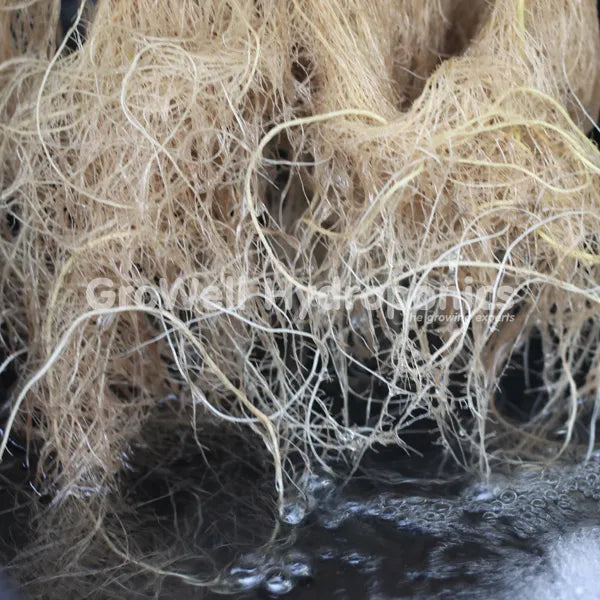
To increase nutrient uptake
For optimum nutrient uptake via roots, keep your nutrient solution to 18oC - 21oC.
If your temperature drops too low, you can shock plants. If it grows too high, oxygen levels drop, which slows nutrient uptake. Oxygen is also great at killing pathogens, so you don't want your oxygen level to drop too low.


